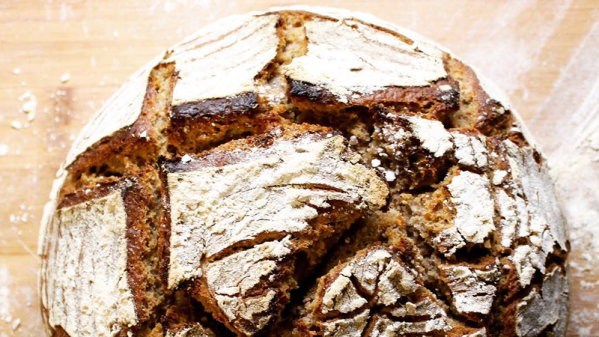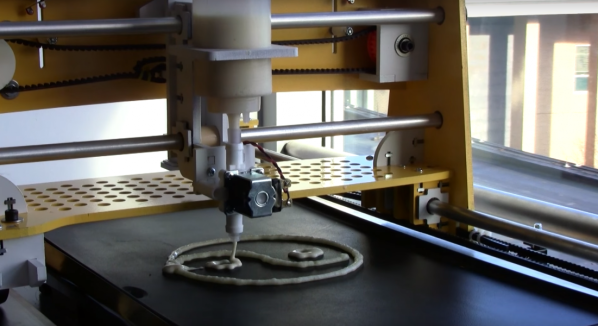We will be the first to admit, we like to use Git for a lot of things that are probably off the beaten path. But now thanks to [hendricius] you can find out how to make your own bread on GitHub. Let’s get one thing straight. This isn’t the breadmaker fad from a while back, although we are surprised we don’t see more hacked together breadmakers with Internet connectivity. This is old-fashioned bread baking with a bowl, some ingredients, and an oven or another heat source.
You might think this is just using Git as a repository for recipes, but it is more than that. According to [hendricius]:
Learn how to master the art of baking the programmer way. If you love programming, you will also enjoy breaking some bread. A/B test, iterate and ultimately become a self-taught baker. This repository is dedicated to becoming your bread manifesto with useful tricks and hacks. Furthermore, the goal is to illustrate how easy making bread is and that you can get started today without expensive tools.
Continue reading “Breadboarding: Git For A/B Testing Actual Bread”


















